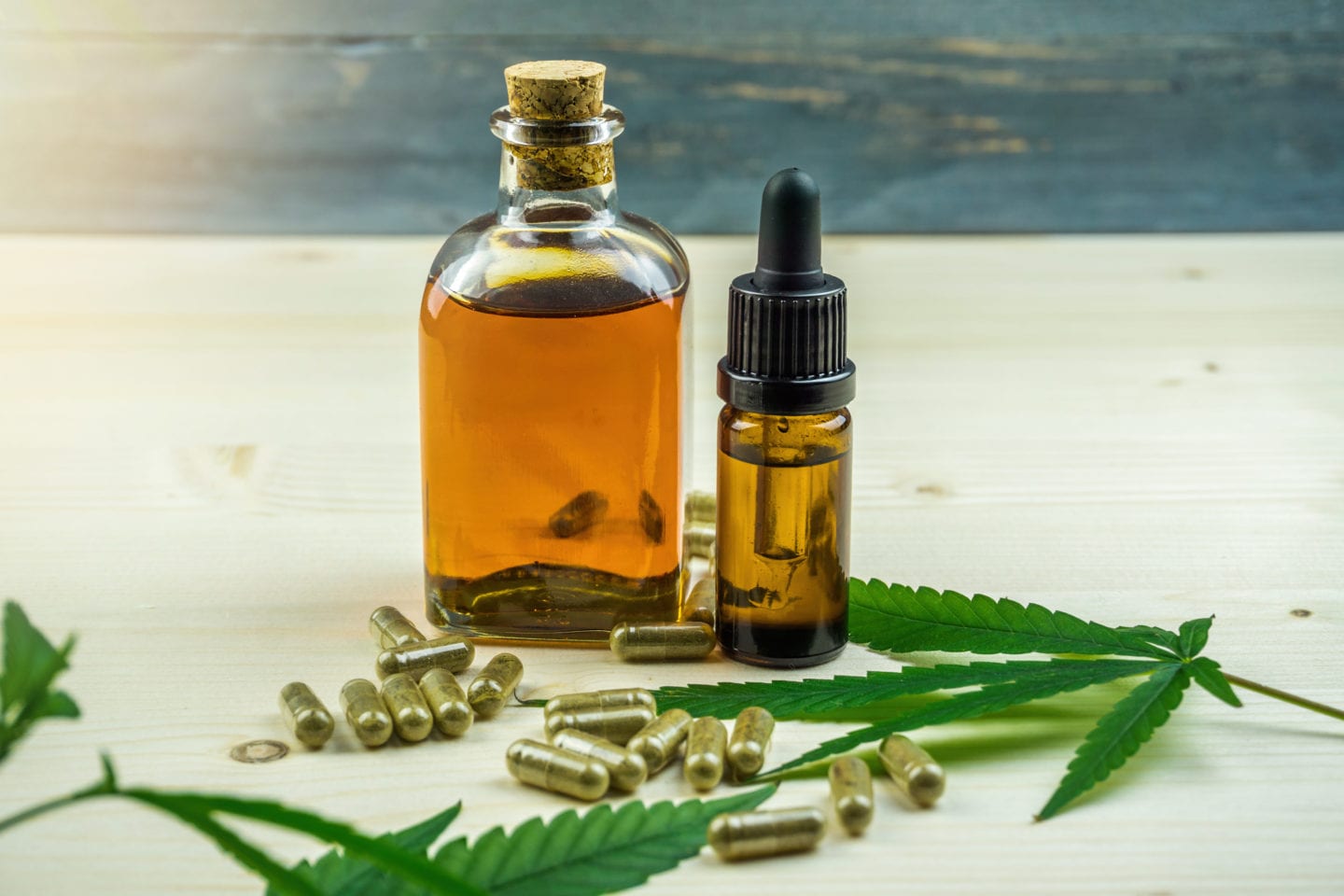Study: Gas Station CBD Products Deliver Only 40% of Labeled Potency
CBDFeaturedTrending Stories April 4, 2020 MJ Shareholders 0

High Times Exclusive
New research shows that the amount of cannabidiol found in CBD products can vary dramatically by purchase location, with items from gas stations faring worse and delivering only 40% of the labeled potency. Results of the study performed by the CBD Awareness Project were published recently on the online information resource’s website.
Austin Meadows, the research editor for the CBD Awareness Project, told High Times that the overwhelming presence of CBD products in the marketplace inspired the group to investigate potency claims.
“We were interested in testing potency in CBD products because right now the CBD market is saturated and yet fairly unregulated,” Meadows said in an email. “We have seen so many CBD products in gas stations and grocery stores, and like any product that advertises dosages, became curious as to how much CBD was actually in these infused waters, pain relief creams, lozenges, etc.”
Which Retailers Have The Most Reliable Products?
To conduct the study, researchers purchased 15 CBD projects from various sales outlets throughout South Florida. A variety of products including topicals, edibles, and infused beverages of varying price points were purchased from grocery stores, CBD stores, and gas stations. The products were then tested for CBD content by SC Labs in California and the results compared with the products’ labeled potency.
Products purchased at gas stations had the greatest variance between the labeled potency and the lab results, delivering only 40% of the CBD listed on the packaging. Fully 60% of items purchased at these retailers had no detectable CBD. The potency of items purchased from CBD stores also fell short of advertised cannabidiol content, with only 83%, on average, of the CBD indicated on the label. Products purchased at grocery stores were consistently more potent than those bought at both gas stations and CBD-specific retailers. In fact, they were more potent than advertised, delivering 136% of the labeled amount of CBD, on average.
Product And Price Matter
Researchers also noticed trends in CBD potency variation related to the type of product and price point. Topicals were the most reliable, with 40% delivering the advertised potency, 40% containing more CBD than indicated, and 20% having less. Three-quarters of edible products had less CBD than labeled and the rest were more potent than advertised. CBD-infused beverages were the least reliable, with 75% containing no CBD and the remaining 25% showing less than the labeled amount in lab tests.
“CBD-infused beverages are generally unreliable sources of CBD, and there’s also a lot of other research out there that also supports that point,” Meadows warned.
By price point, bargain products costing $5 or less were the least reliable, with half containing no detectable CBD and the rest all containing less than advertised. Half of the products in the $10 to $15 range contained less CBD than advertised, a quarter had more cannabidiol than indicated, and the remaining 25% were as advertised, defined as containing 90% to 110% of the labeled amount of CBD. Of products costing $20 or more, 40% had less CBD than the labeled amount, another 40% had more, and 20% were as advertised.
Let The Buyer Be Wary
Although the sample size was limited, the CBD Awareness Project study can shed some light on the variation that can exist between a product’s CBD content and its advertised potency. To get the most from their purchase, Meadows suggests that consumers take into account what kind of product they are buying and who they are buying it from.
“You should really research your brands and try to buy CBD from a reputable source,” he said. “As a rule of thumb, don’t buy CBD from a gas station if you’re really looking for the health benefits of CBD.”
MJ Shareholders
MJShareholders.com is the largest dedicated financial network and leading corporate communications firm serving the legal cannabis industry. Our network aims to connect public marijuana companies with these focused cannabis audiences across the US and Canada that are critical for growth: Short and long term cannabis investors Active funding sources Mainstream media Business leaders Cannabis consumers











No comments so far.
Be first to leave comment below.